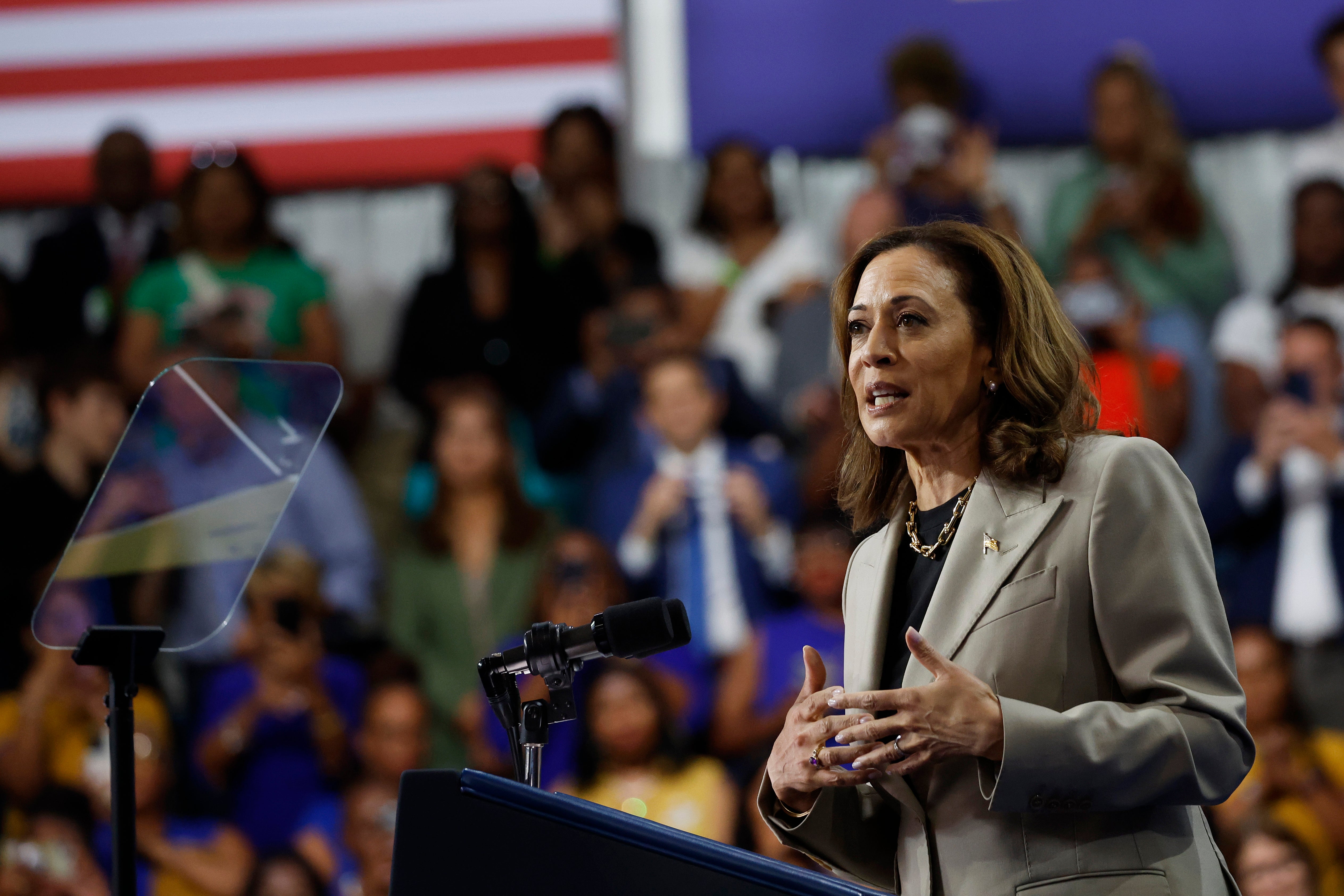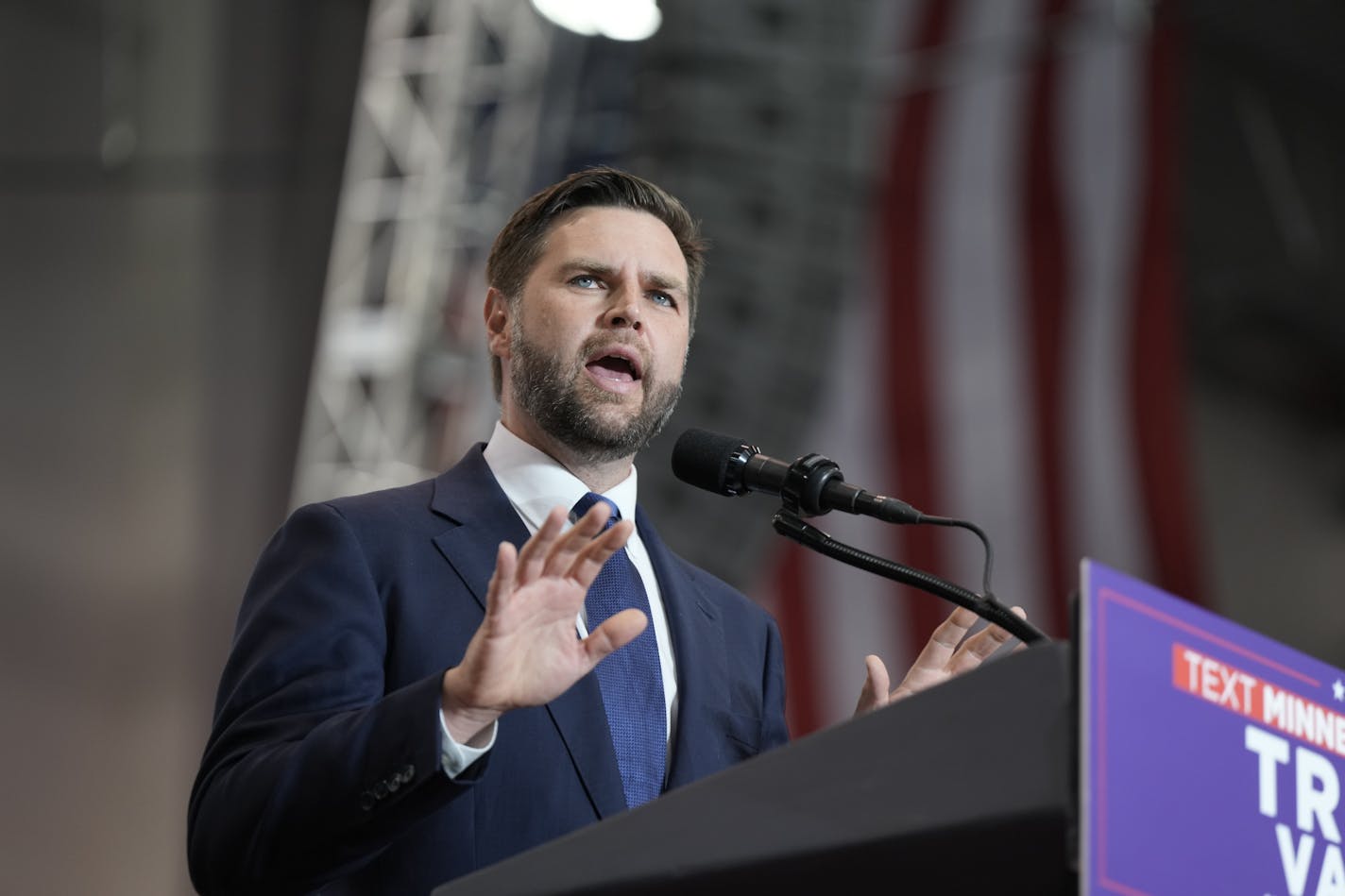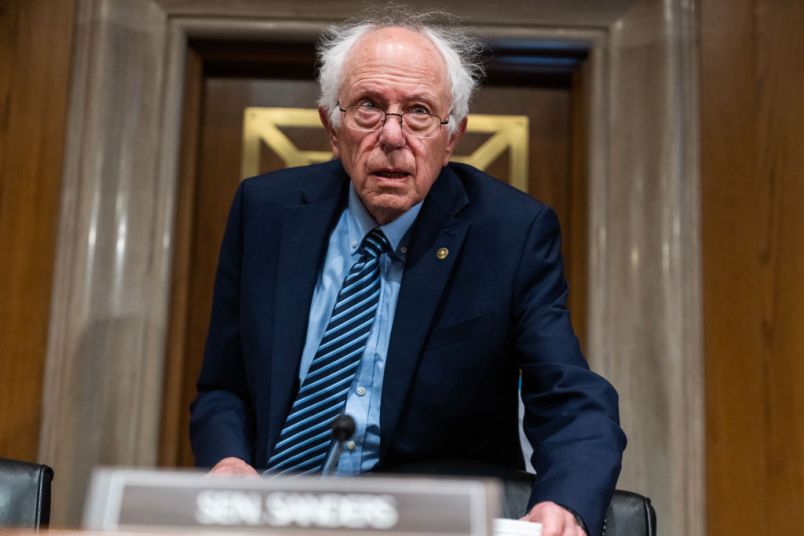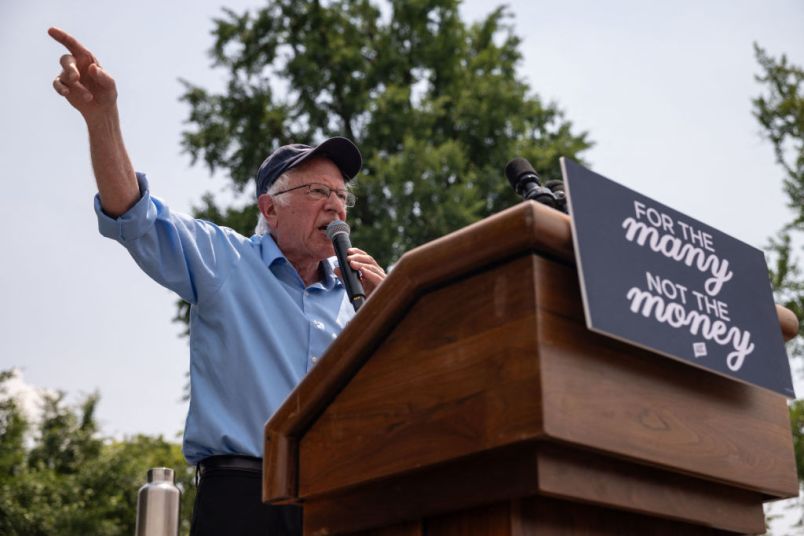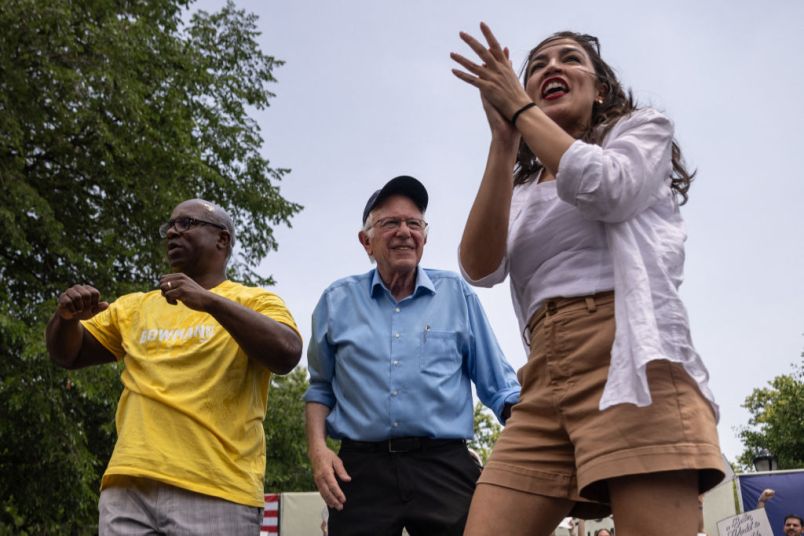US President Joe Biden and Vice President Kamala Harris made their first joint public appearance since Biden withdrew from the 2024 presidential race. The pair took the stage at a community college in Maryland to discuss the economy as well as touting the administration's new plan to lower prescription drug prices for Americans on Medicare.
Issued on: 16/08/2024 -

Joe Biden and Kamala Harris made an upbeat show of unity Thursday as they held their first joint public event since Harris replaced the president as the Democratic Party's candidate in November's election.
Chants of "Thank you Joe!" rang out from the audience at a community college in the Maryland suburbs outside Washington.
Biden announced a major deal to reduce medication prices for retirees on social welfare programs.
But the biggest star was Biden's vice president who has surprised many by uniting the Democratic Party and surging in the polls against Republican Donald Trump since her abrupt entry into the White House race.
"She can make one hell of a president," Biden said of Harris.
Shortly after the joint appearance, Trump delivered rambling remarks from his New Jersey golf club, before taking questions from a handful of journalists.
Harris has a "very strong communist lean" and will mean the "death of the American dream," he said.
The real estate billionaire and scandal-engulfed former president has struggled to pivot his campaign since Biden dropped out on July 21 amid Democratic concerns that he lacked the stamina at 81 to do the job.
Until then, Trump was rising steadily in the polls, in large part on his message that Biden was losing his mental acuity – a charge that gained currency when the president badly flubbed a televised presidential debate against his predecessor.
At his golf club event, the 78-year-old Trump began by reading lengthy remarks from a binder notebook.
Ostensibly scheduled to attack Harris on inflation, with household products piled high on a table next to him, he almost immediately veered off into a series of complaints about the media and insults at Harris, who he said is "not smart."
Biden lame duck
For Biden, Thursday's event was half victory lap, half acknowledgment that he is entering his presidency's lame duck period.
Harris, 59, is set to be crowned as Democratic nominee at the party convention in Chicago next week.
But she made a display of vice presidential deference, delivering only short remarks to introduce Biden and stressing that it has been her honor to serve under the "most extraordinary human being."
"There's a lot of love in this room for our president," she said to cheers.
Biden appeared energised, drawing cheers when he said the Democrats' plan was to "beat the hell out of" Republican opponents and he prompted laughter on pretending not to know Trump's name – "Donald Dump or Donald whatever."
The drug prices deal will reduce costs for retirees on 10 key medicines, including treatments for diabetes, heart failure and blood clots.
The scope and timing of the deal – which the White House says will save older Americans $1.5 billion and the Medicare federal health insurance scheme $6 billion in the first year – is a boost for Harris in an election where cost of living is a major issue.
Americans face the highest prescription drug prices in the world, leaving many people to pay at least partly out of their own pocket, despite already exorbitant insurance premiums.
On Friday, Harris will for the first time lay out details of her economic platform.
Daily newsletterReceive essential international news every morningSubscribe
The United States' first female, Black and South Asian vice president is expected largely to stick to Biden's economic agenda while trying to differentiate herself, avoiding voter wrath over the post-Covid pandemic surge in inflation.
Axios reported Wednesday that Harris wants to "break with Biden on issues on which he's unpopular," with rising prices being top of the list.
While Trump has long polled more strongly on the economy, a recent poll from the Financial Times and University of Michigan found voters trust Harris more on the issue, by 42 to 41 percent.
Trump, who survived an assassination attempt on July 13, is now the oldest presidential nominee in US history.
(AFP)
